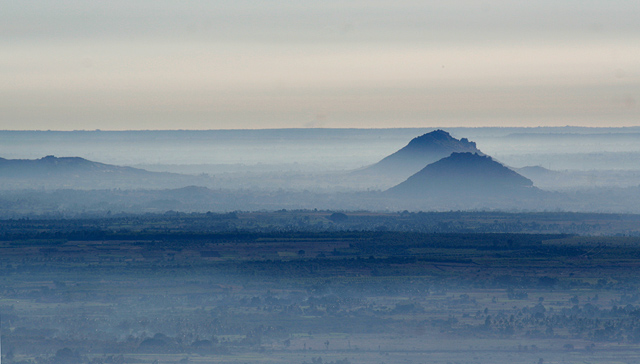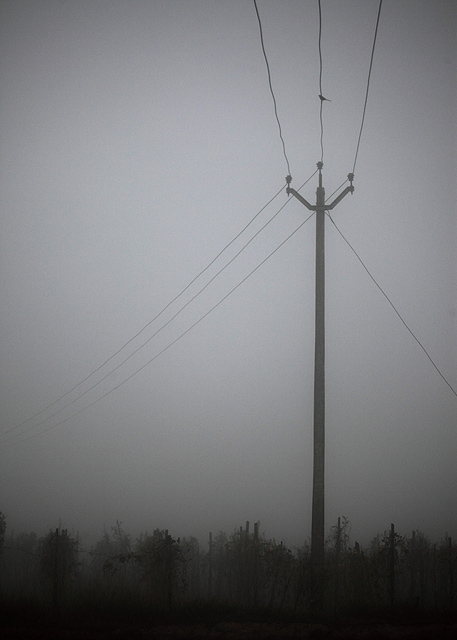Travel Photography: Power of Simplicity
This article appeared in August issue of Terrascape, a travel magazine for which I am an editorial consultant and also write a column on photography. Read all the earlier earlier travel photography articles on India Travel Blog.
Anyone who is serious about making good images would spend a lot of time working on the composition thinking about various angles, elevations, what to include and what not to include in the frame and many other aspects that define a photograph. While a lot of thinking and observation do work in favour of making good and distinct composition, sometimes very simple frames can create plenty of drama in the picture. Here is a look at the power of simplicity in making eye-catching images.

Just one subject. A frame that has just one attractive subject and not a thing else—no clutter in the background and nothing else in the foreground—can help highlight the subject dramatically. Some examples: a beautiful white flower with completely dark background, portrait of a person, bird or animal with uniform background that contrasts the colour of the subject, etc. Do keep in mind that it is important in such cases that the subject be charming in itself. A colourful bird or a beautiful flower has the power of attracting the viewer with ease.

Small aberrations. A uniform frame with one small distraction will immediately catch the eye of the viewer. It could be the image of a small hillock in an otherwise plain territory, a small colourful boat in the calm blue lake or a person wearing colourful clothes in a lush green field. In all these cases, the background colour and texture help highlight the subject very well and immediately attract the attention of the viewer to the subject, even if it occupies a small portion of the frame.

Go Black and White. In some occasions, converting to black and white can help in making simplistic images. Use this technique when the colour of the subject itself is not important, but the surroundings have bright colours that may unnecessarily distract he viewer away from the subject.
Minimalism. Minimalism can perhaps be defined as simplicity taken to the extreme. A picture that may comprise of just a few lines that catch the viewers interest, shapes that have very little complexity in them but present a uniformity that is attractive (such as the towers of a temple, ridges of a mountain), a small portion in an image that offers very high contrast from rest of the frame are some examples of minimalism.